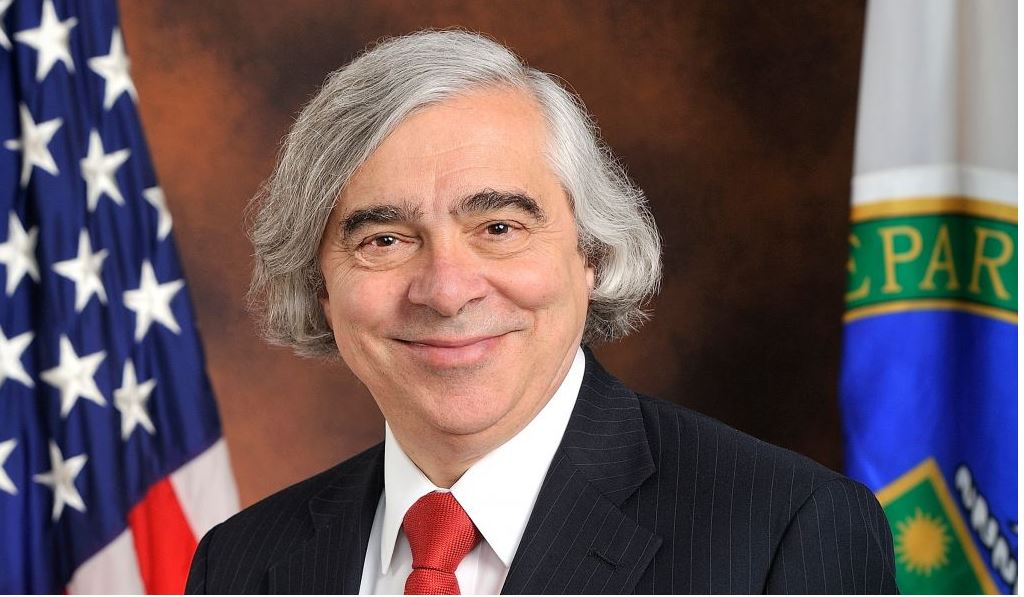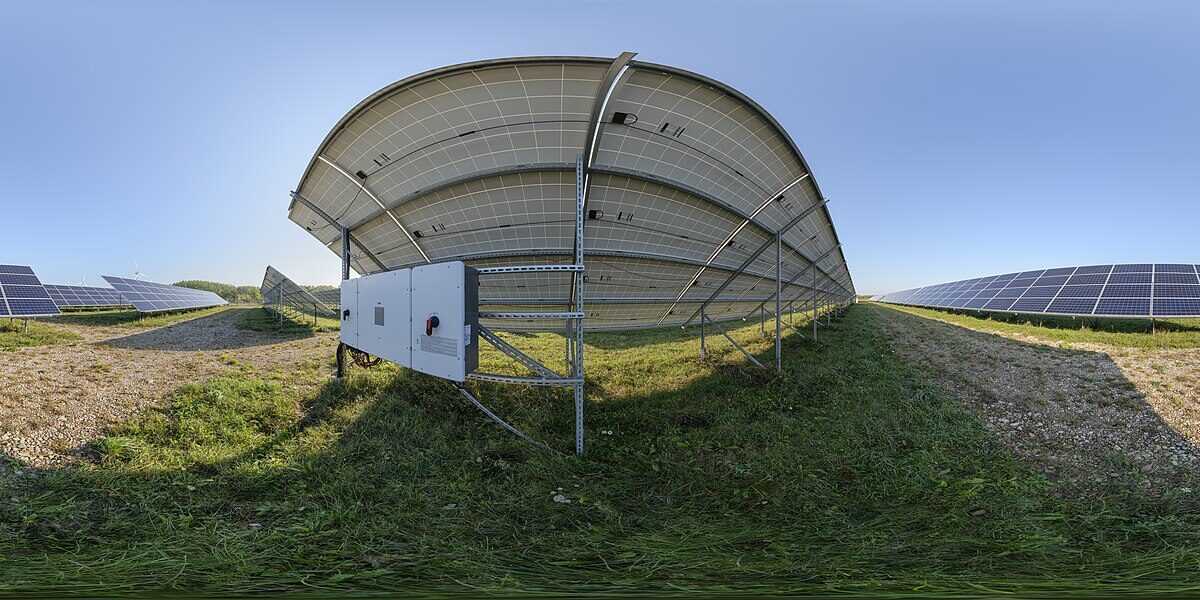Secretary of Energy Ernest Moniz fondly described solar’s rise from a niche market to a U.S. energy supply mainstay in his exit memo, his last statement before he leaves the office.
Moniz, who oversaw such successful programs as the department’s Sunshot Initiative the Department of Energy (DOE)’s successful Loan Program, said the amount of solar powering U.S. homes, businesses and military installations has increased from 1.2 GW to 31 GW in 2016.
He also reported that efforts to reduce solar photovoltaic (PV) levelized cost of energy (LCOE) are 90% of the way to reaching the initial goals of six cents/kWh for utility-scale solar, sevencents/kWh for commercial rooftop PV, and eight cents/kWh for residential rooftop PV.
“During the worst economic crisis since the Great Depression, President Obama signed the American Recovery and Reinvestment Act (ARRA), which included more than $90 billion in investment and tax credits to boost the clean energy economy,” Moniz said. “Of this, DOE invested more than $30 billion in more than 15,000 clean energy projects.”
“These programs have created or sustained tens of thousands of quality energy sector jobs in the United States, catalyzed substantial reductions in the cost of clean energy technologies, and positioned the United States as a global leader in clean energy,” he continued.
The DOE has also led research and investment efforts to speed the development battery storage through Advanced Research Projects Agency-Energy (ARPA-E) and Energy Frontier Research Centers (EFRCs) funding.
According to the memo, the first 200 completed projects led to the creation of 36 new companies and secured more than $1.25 billion in private sector follow-on funding. Examples of technological advances supported by ARPA-E are long-lasting, fully-rechargeable batteries for grid-scale energy storage.
While the DOE under Moniz has seen significant progress in solar technology and deployment, which have in part fueled the rapidly decreasing installation prices and increased the number of consumers that participate in the solar revolution, the department has inexplicably supported an “all-of-the-above” energy strategy, including the fossil fuels off which the solar industry is trying to wean the United States.
In the service of this misguided policy, Moniz has advocated the environment-damaging and earthquake-inducing practice of hydraulic fracturing, commonly known as fracking.
Environmentalists and others object to fracking because of the secrecy surrounding the fluids used to extract the “shale oil,” which have been shown to foul water tables with often poisonous chemicals. It has also increased the number of microearthquakes in places like Oklahoma and Ohio, which have raised concerns about “out-of-sight, out-of-mind” damage to the earth’s crust.
This content is protected by copyright and may not be reused. If you want to cooperate with us and would like to reuse some of our content, please contact: editors@pv-magazine.com.



Barack Obama had the minor problem of having to with two elections to do anything at all. His energy policy was just about as progressive as was consistent with this constraint. It became markedly greener towards the end, with the key US contribution to the epochal Paris Agreement, the Keystone refusal, the CPP and the ban on Arctic drilling. Moniz’ data show a very real turnround for which he, Chu, Kerry and especially Obama deserve a great deal of credit. The best is the enemy of the good.